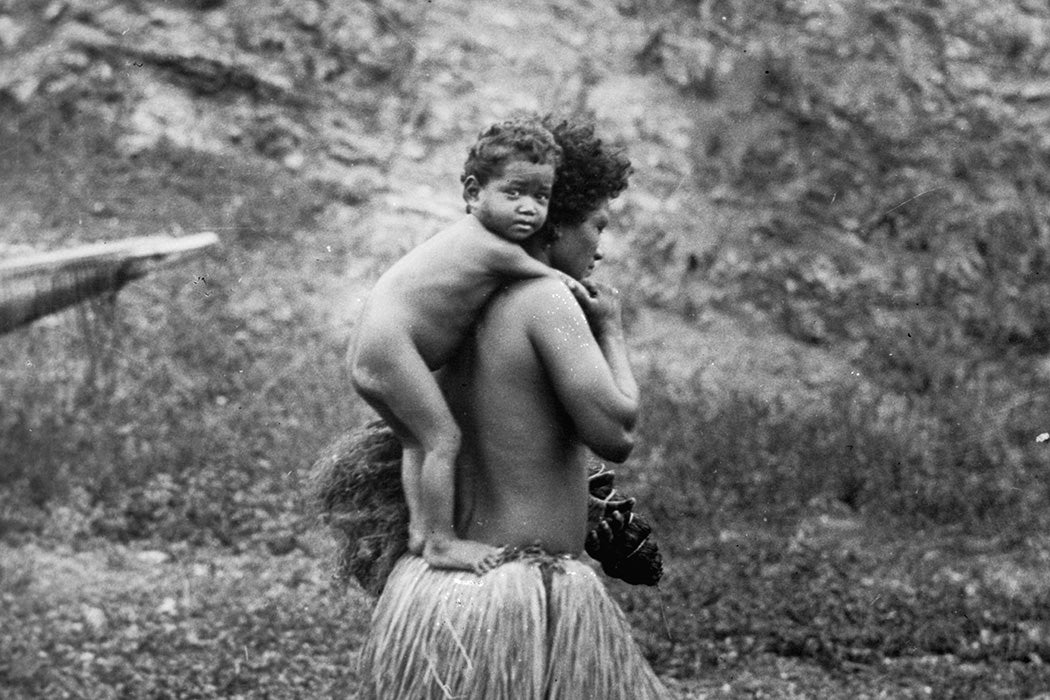The closing of schools and camps due to COVID-19 has shined a spotlight on the always-difficult conflicts U.S. mothers face between paid work and unpaid care work. As anthropologist Kathleen Barlow points out, our thinking on mothering and work in the United States could benefit from looking at the example of a society that conceives of mothering and work in different ways.
Barlow writes that we often universalize a kind of motherhood that is actually quite specific: “an exclusive, one-to-one relationship within patriarchal public and familial concepts.” The typical U.S. view of mothering as natural, intuitive behavior ignores the skill involved in care work. Meanwhile, seeing the mother as a singular, irreplaceable figure in a child’s life allows us to attribute all sorts of pathologies to inadequate mothering. All this contributes to mothers feeling torn between status-enhancing, male-coded paid work and their unique social obligation to care for their children.
Drawing on the work of feminist psychoanalyst Nancy Chodorow, Barlow suggests that we look at alternative conceptions of motherhood from societies where “the ideal model of an adult person was less relentlessly male.” Specifically, she considers the Murik people of Papua New Guinea.
Among the Murik, mothers, like most adults, fish and trade. Women can rise to the highest leadership positions. Family inheritances go to the oldest sibling regardless of gender. Caretaking work is widely shared, but typically it’s women’s work, done by a group of related women.
“The eldest sister has first right to decide whether she needs to work or stay in the village with children,” Barlow writes. “Younger sisters, indebted to older ones who cared for them during their own childhoods, are obligated to look after their older sisters’ children.”
Older boys and girls also care for younger siblings while adults work. Fathers and grandfathers share in the care of young children as well. “For men to enjoy caring for children does not raise doubts about their gender or sexual orientation,” Barlow writes.
Weekly Newsletter
Murik consider mothering not as a natural attribute of women who give birth but as a form of power. The core attributes of mothering within the society are nurturing, protection, teaching, and generosity. While that may sound similar to a Western view, Barlow writes, what’s different is that those “maternal” qualities “are the means to power and prestige in social relationships for both women and men: that is, she or he who provides food, gives resources, teaches, and protects is powerful whereas she or he who takes food, accumulates goods, lacks knowledge, or is unskilled is childlike, indebted, and weak…. The pervasive model of the person in Murik culture is a maternal one and maternal qualities are valued and so identified in everyone, including adult men.”
Murik concepts exist in their own context, and it would be foolish to try to transplant them wholesale to the United States. But understanding how widely ideas about care work, motherhood, and prestige vary from place to place could help us see our current work-family struggles in a different light.







